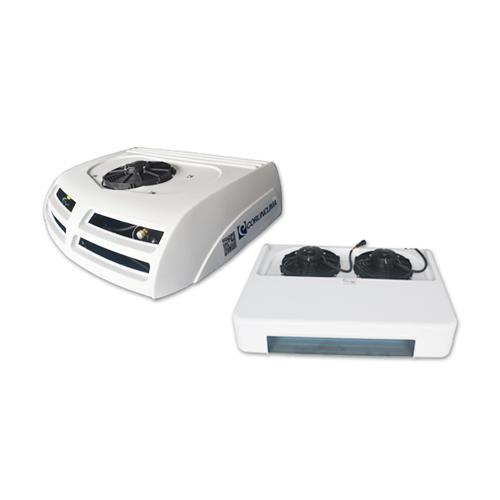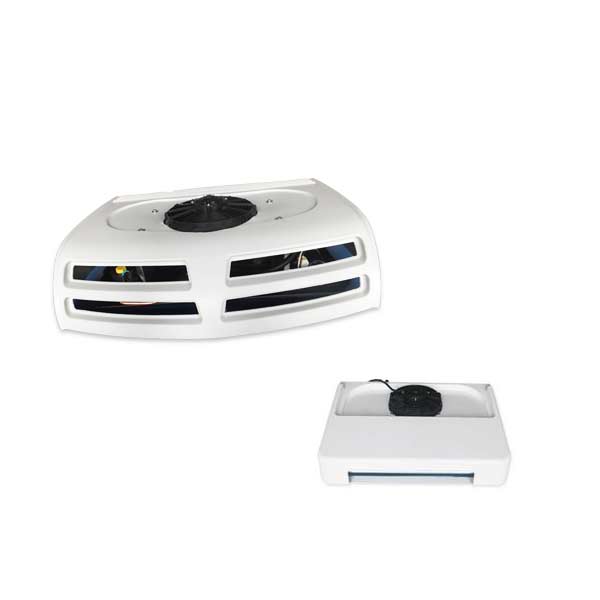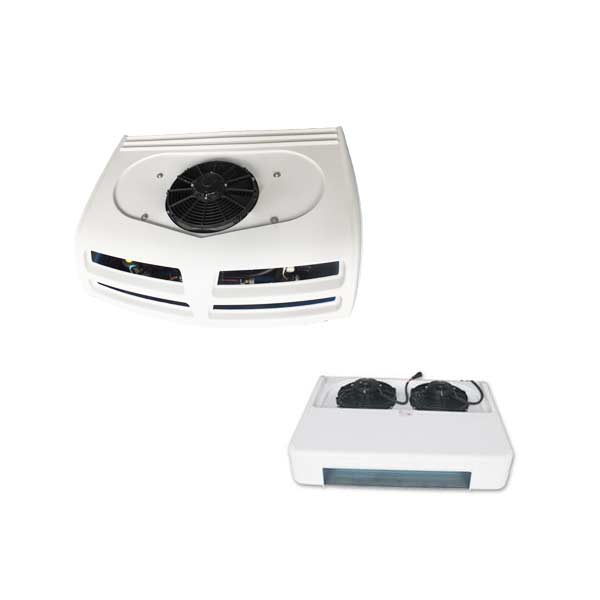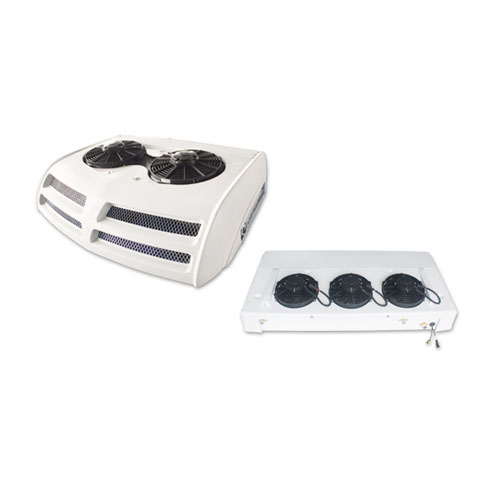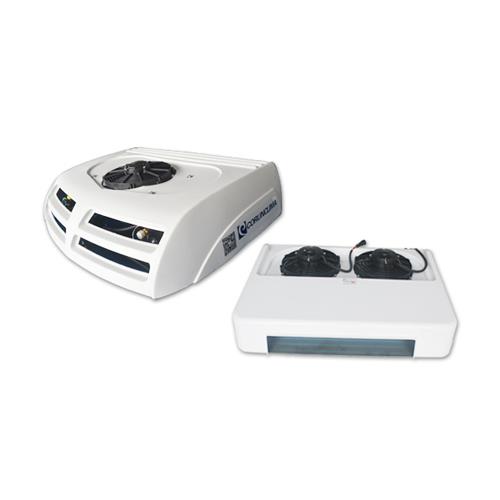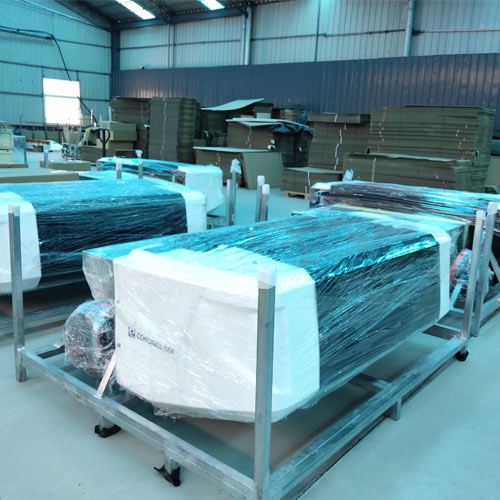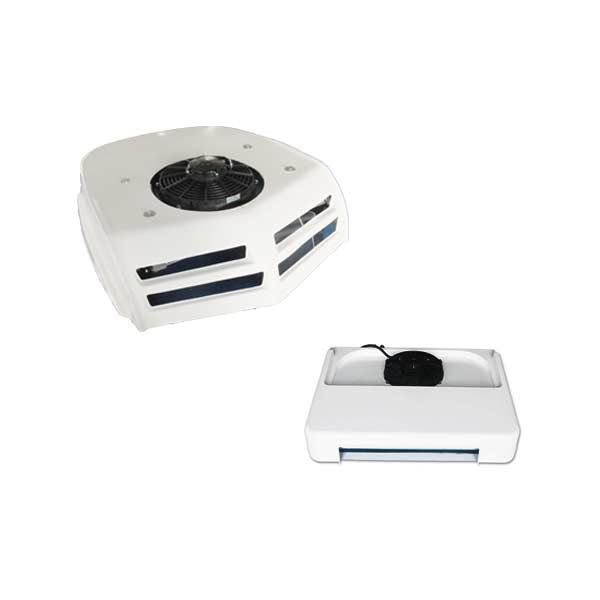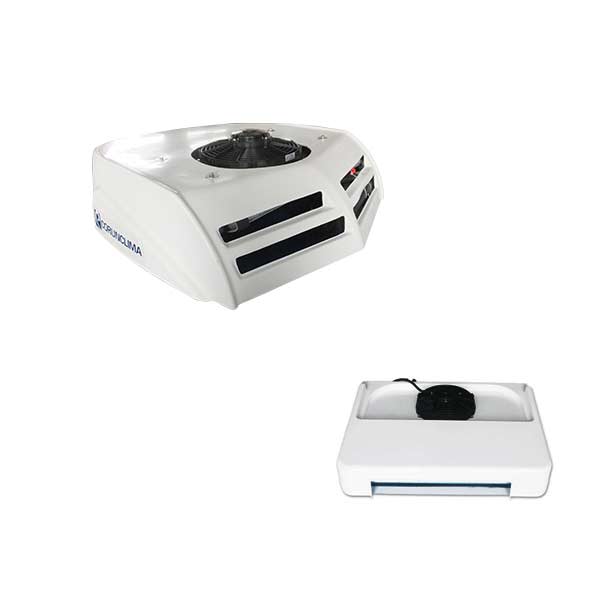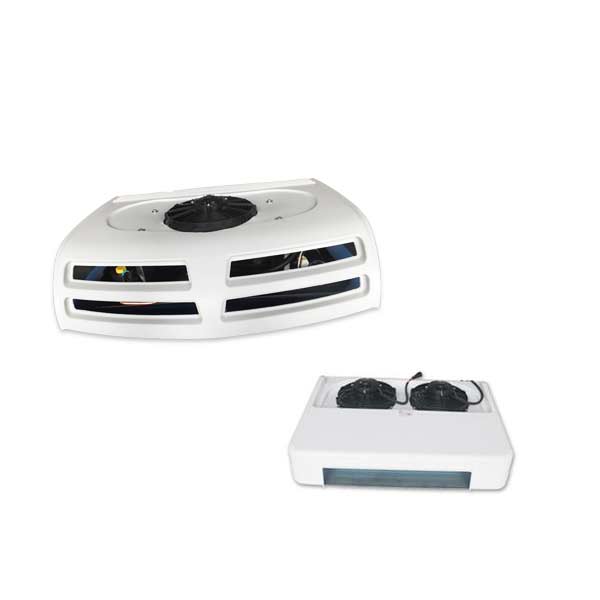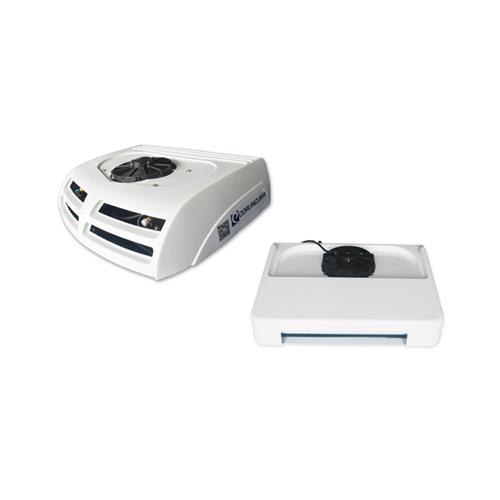A qualified truck refrigeration unit must ensure better ventilation on six sides of the carriage, and there is no obstruction on the six sides of the cargo; good air circulation can ensure that the cargo is transported at the appropriate temperature. The cold (hot) gas blown out by the refrigeration unit isolates the cold (hot) source that enters the cabin from the outside, thereby protecting the cargo. If a location is blocked, the cold (hot) source of that part will enter the item directly, causing the temperature of the item to change. Make sure that the return air damper is in good condition; do not block the evaporator inlet (return air); insufficient return air will cause irregular circulation of cold air and cause the top cargo to freeze.
When using a truck refrigeration unit, the interior of the cabin should be kept clean. Due to the action of the evaporator fan, air circulates in the cabin, causing debris or dirt on the ground to be drawn in by the evaporator fan. The long-term effect will cause a large amount of impurities to be sucked into the evaporator coil, thereby affecting the refrigeration performance of the refrigeration unit. Because the coil is surrounded by impurities a little bit, the heat exchange rate of the coil is reduced. Therefore, after a few years of use of the truck refrigeration unit, everyone will feel that the cooling effect is not as good as the beginning, except for the cause of the fault itself, because the coil is too dirty. Therefore, ensuring the cleanliness of the ground in the car is the key to ensuring the normal operation of the refrigeration unit.
Users of many truck refrigeration units have a misconception that it is believed that the refrigeration unit on the truck refrigeration unit can freely freeze or heat the cargo loaded into the vehicle to the temperature it requires. Therefore, the cargo that is less than the transport temperature requirement is loaded into the passenger compartment, and then the refrigeration unit is set to the required transport temperature, and the temperature of the cargo is lowered or raised to the required temperature for a certain period of time. However, the opposite is true. The goods can not only drop the temperature (or not rise), but cause the goods to be damaged or deteriorated. Because the refrigeration unit of the truck refrigeration unit does not lower the temperature of the cargo, but maintains the temperature of the cargo, he wraps the cargo like the quilt that we used to sell cold drinks. When the cold (hot) source of the outside is radiated, conducted, and convected into the body, the cold air blown out by the refrigeration unit is taken away, and the heat source is prevented from entering the cargo.


